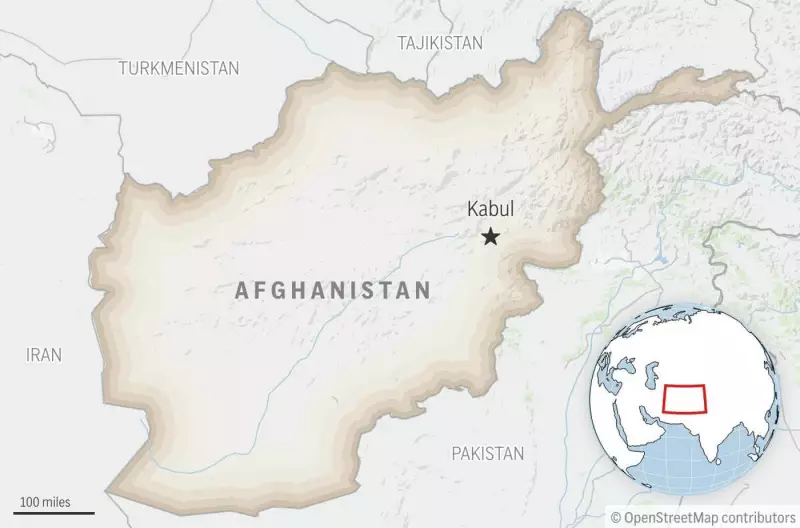
A powerful earthquake measuring 6.3 on the Richter scale has struck northern Afghanistan, sending shockwaves across the region and raising concerns about potential damage in vulnerable mountainous communities.
Seismic Event Details and Epicenter
The quake originated in the rugged Hindu Kush mountain region, with the United States Geological Survey pinpointing the epicenter approximately 46 kilometers south-southeast of Jurm in Afghanistan's Badakhshan province. The seismic event occurred at a depth of 186 kilometers, which contributed to the widespread feeling of tremors across multiple countries.
Regional Impact and Felt Areas
Strong shaking was reported across northern Afghanistan and neighboring territories, with residents in Pakistan's capital Islamabad, as well as cities like Lahore and Rawalpindi, experiencing noticeable tremors. The earthquake's effects extended to parts of India and Tajikistan, demonstrating the significant reach of this seismic event.
Historical Context and Geological Background
The Hindu Kush region represents one of the most seismically active areas in the world, situated at the collision point of the Eurasian and Indian tectonic plates. This geological reality makes Afghanistan and surrounding regions particularly vulnerable to frequent and sometimes devastating earthquakes.
Recent Seismic History in the Region
- October 2023: A series of powerful quakes in western Afghanistan resulted in over 1,000 casualties
- June 2022: A 6.1 magnitude earthquake in eastern Afghanistan killed more than 1,000 people
- March 2022: Two quakes in Badakhshan province caused significant damage to remote villages
Current Situation and Response
Initial reports indicate varying levels of shaking intensity across affected areas, with the strongest impacts concentrated in northern Afghanistan. Emergency response teams are assessing the situation, particularly in remote mountain villages where infrastructure is often vulnerable to seismic activity.
The depth of this earthquake may have helped mitigate some potential damage, as deeper quakes typically cause less surface destruction than shallow ones of similar magnitude. However, the region's history of devastating earthquakes keeps authorities and aid organizations on high alert.
Ongoing Monitoring and Aftershock Potential
Seismological centers continue to monitor the region for potential aftershocks, which are common following significant seismic events. Residents in affected areas have been advised to remain cautious and prepared for possible additional tremors in the coming hours and days.





